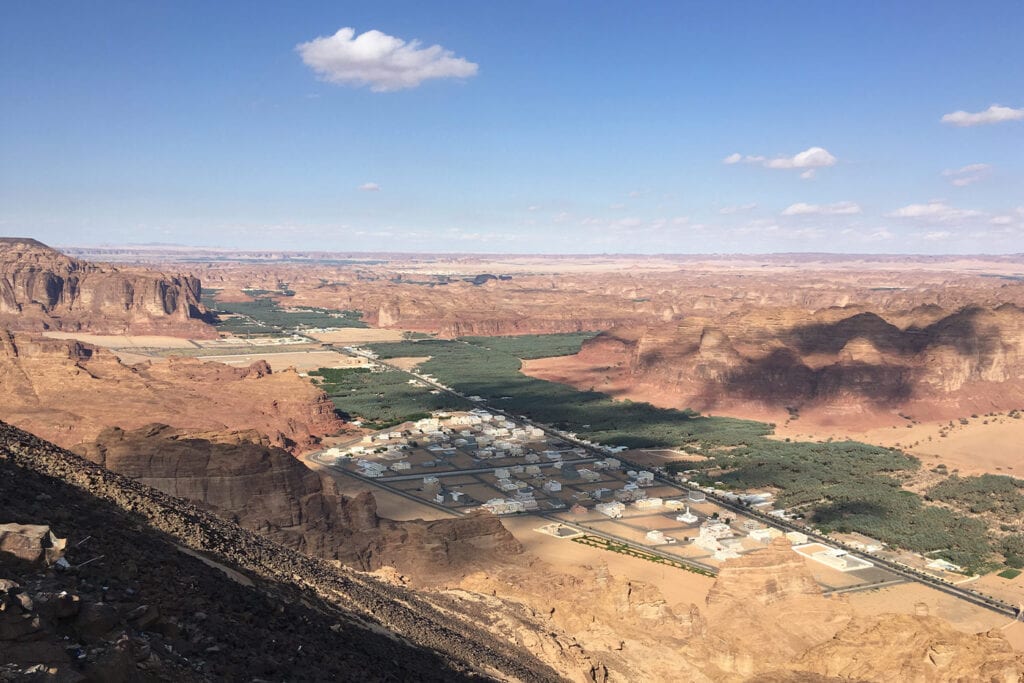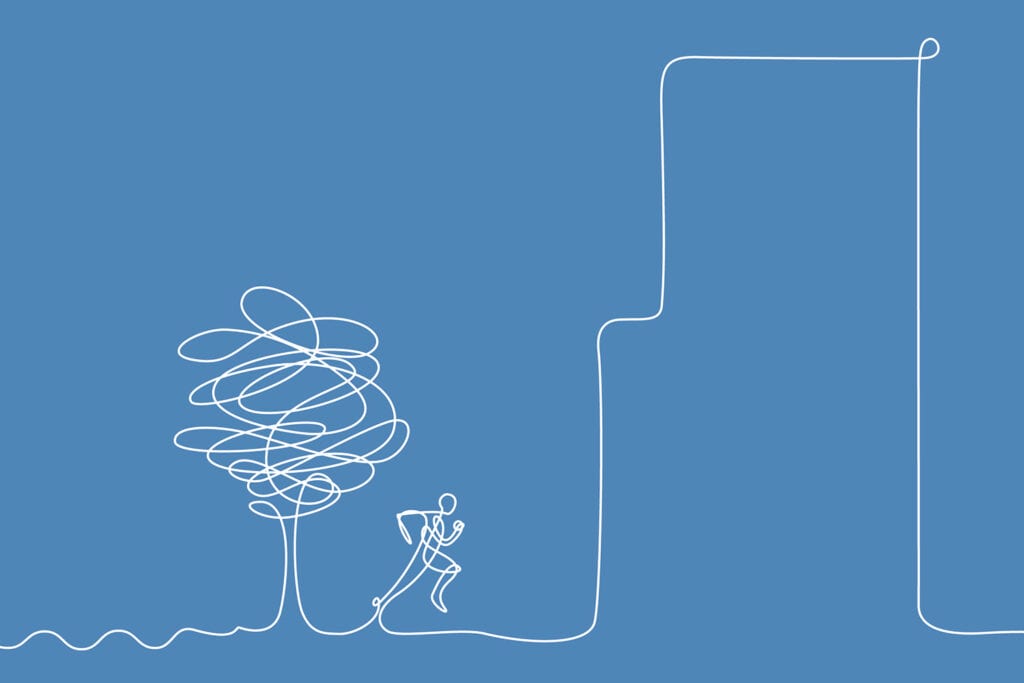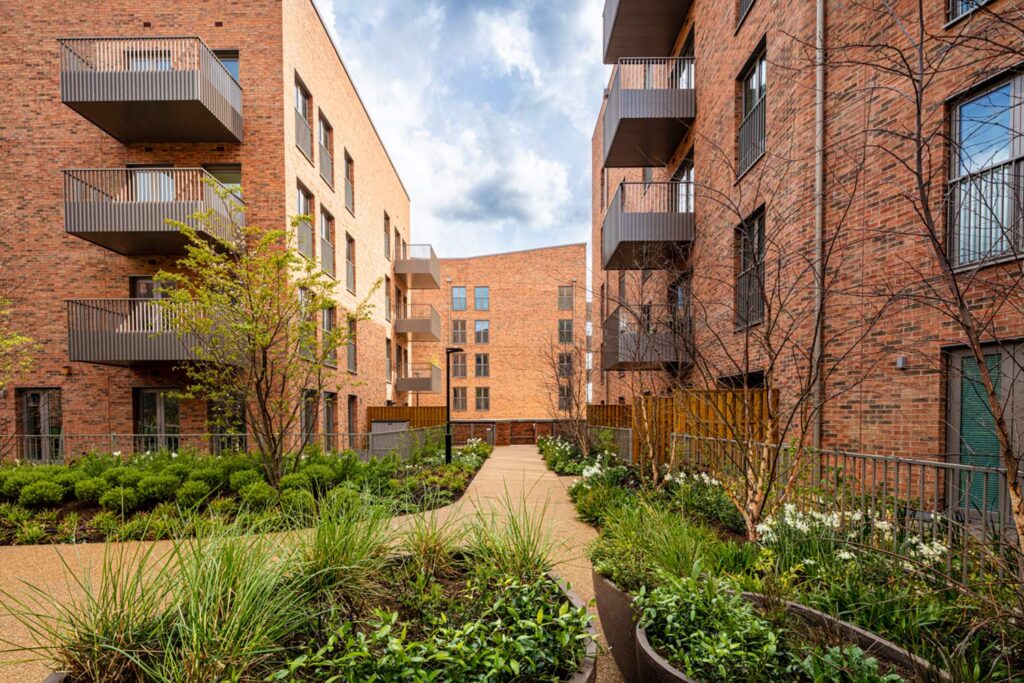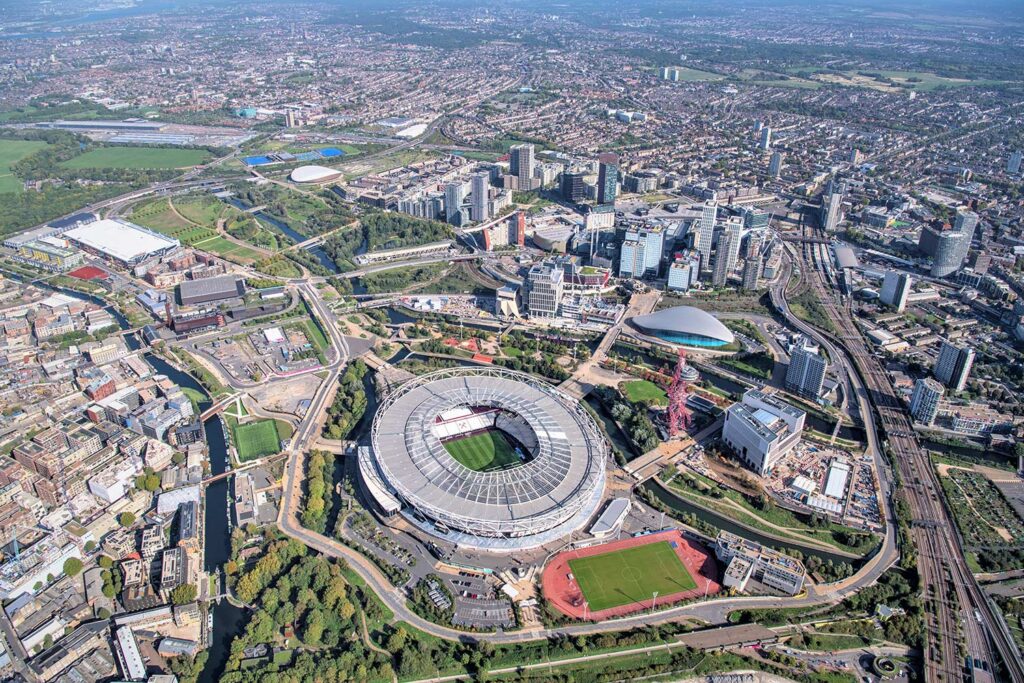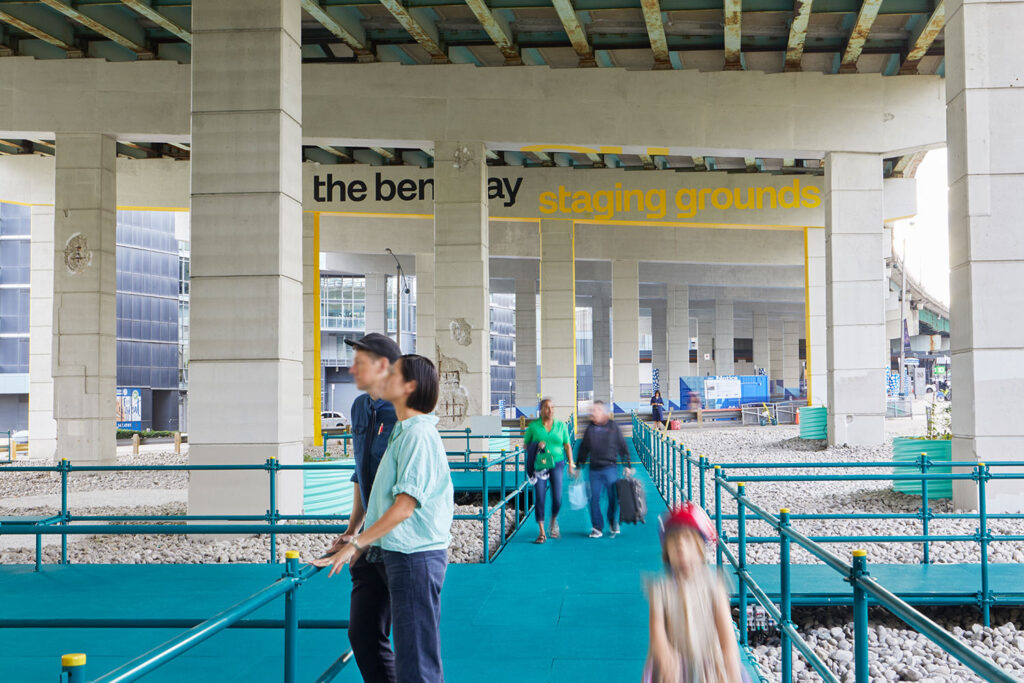Befriend your neighbours: the challenges of transboundary river management
Rivers do not honour national borders. To ensure a prosperous future, neighbouring countries must put aside local issues and honour the entirety of the river system for the good of all.
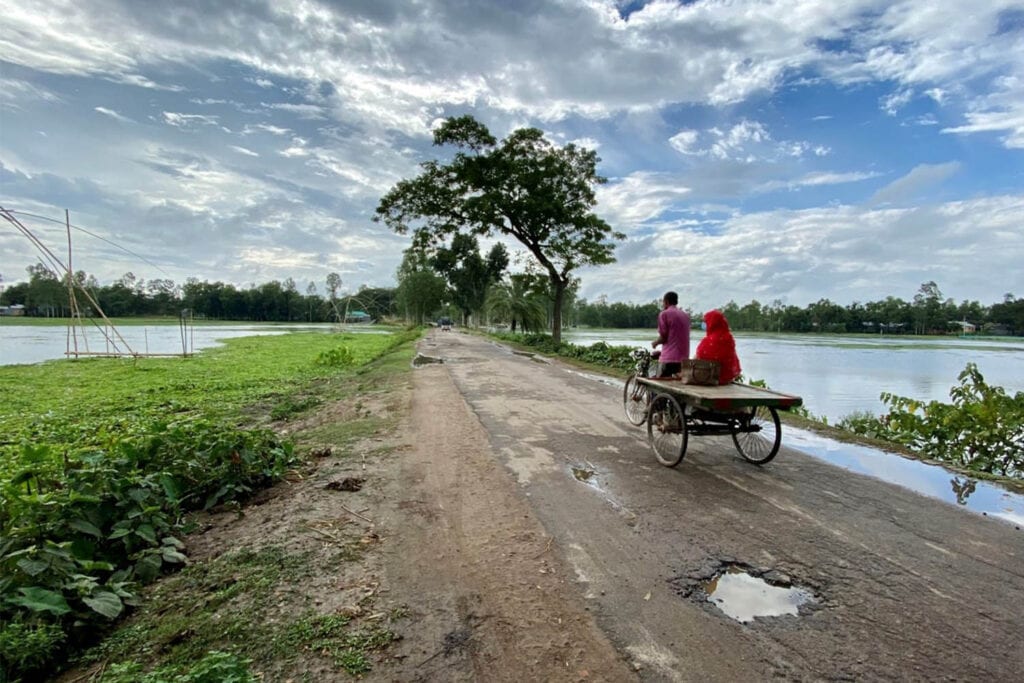
River delta systems comprise of some of the most dynamic and critical interfaces for human-nature interactions. Despite being hotspots for natural disasters, they host more than 500 million people across the globe. These delta inhabitants accept the risk associated with living in such an environment, in return for being able to work with the highly nutritious and fertile soil the basin provides.
The Ganges-Brahmaputra-Meghna (GBM) delta in Bangladesh is home to 170 million people and receives flows from 75% of the Himalayan mountain range. This network of connected rivers delivers vast quantities of nutrient-rich sediment. Not only does this sediment ensure rich agricultural soil, it has a crucial role to play in terms of offsetting the impacts of climate change-induced sea level rise.
Deltas are finely balanced ecosystems, and so rely heavily on the sustainable management of both the immediate delta area and the river system upstream. This is the current challenge for Bangladesh.
How can a country manage a delta sustainably when it depends so heavily on the decisions being made by its upstream neighbours?
An example of this is the Farakka Barrage that India constructed on the Ganges River in 1975, just 18km upstream of the border with Bangladesh. The barrage diverts 60% of the dry-season river flow to Kolkata, which is available to improve navigation within the city’s port. If India has gained water, then it stands to reason that elsewhere another country has lost out.
The 60% reduction in flows to the GBM delta has caused some river channels to dry up, while others suffer increased levels of siltation. This adversely affects agricultural production and has led to increased levels of groundwater salinity inland. This, in turn, has led to the loss of mangrove habitats and declining human health.

Unlike other major rivers in Asia, the GBM catchment is not conceptualised and managed as one system. Instead, the GBM is managed as stand-alone sections of river within each country. This means that there is little or no sharing of environmental and hydrological data. Sustainable management is challenging enough with the data, but without it, it is intractable.
The long-term sustainability of the delta – and the livelihoods of its inhabitants – depends, to a large extent, on the geopolitical decisions made outside of Bangladesh’s borders. It is clear that increased communication, coordination and transparency is required to sustainably manage catchment water supply and demand in the region.
We must learn from the lessons of the past and stop considering the river as a national entity
Climate change is projected to generate stronger monsoons, with some experts predicting increased flooding of 10% in the GBM catchment by 2050. Though this will result in greater transportation of sediment to the delta, this will only assist in the offsetting of sea-level rise if human interferences upstream are controlled.
There are currently more than 400 dams planned within the GBM catchment (285 in Nepal, 108 in India, 12 in Bhutan, 8 in China and 1 in Bangladesh)1. Studies indicate that sediment transportation to the delta could be less than a quarter of its current levels by the end of the century.
In addition to the planned dams, China is considering the diversion of 200 billion m3 of water from the upstream regions of the Brahmaputra to the Yellow River, while India is planning the National River Linking Project, which will connect 44 rivers via 9,600 km of a new canal system.
If all these dams and upstream diversion projects were to go ahead, the impact on the GBM delta would be catastrophic.

If the long-term sustainable management of the GBM delta is reliant on a coordinated, collaborative, transnational management body, then the good news is that such a template exists within Asia.
The Mekong River Commission (MRC) was created in 1995 to ensure that the river’s resources were managed sustainably and for the mutual benefit of the people of its four member states: Laos, Thailand, Cambodia and Vietnam. While challenges remain regarding the river’s management, not least in regard to the influence of its upstream neighbour China, the MRC ensures that all issues are managed on a basin-wide scale and that no scheme is considered in isolation from the wider river system.
A similar initiative is required for the GBM catchment to enable decision-makers to learn from the past and work together with engineers, scientists and local communities to obtain a holistic and integrated understanding of the natural processes across the entire system.
This would facilitate sharing of data and information – in a data sparse region – to build a comprehensive evidence-base for future management decisions. Without a transnational governing body with a holistic understanding of the full system, any management decision will be fragmented and driven by national incentive.
Sources:
1. Dunn et al., 2018, “Projections of historical and 21st century fluvial sediment delivery to the Ganges-Brahmaputra-Meghna, Mahanadi, and Volta deltas”, Science of the Total Environment, 642, 105-116.
2. Zarfl et al., 2015, “A global boom in hydropower dam construction”, Aquatic Sciences, 77, 161-170.
Written by
Amelie Paszkowski and David Palmer
